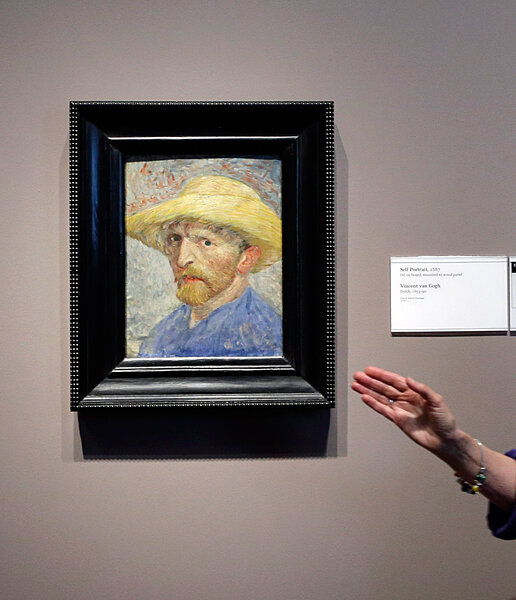Earlier this month the city announced it would replace health-care benefits for retirees under age 65 with a $125 monthly stipend to buy coverage under the Affordable Care Act; those 65 and older would transition to Medicare, with the city paying all or most of the premiums.
Mr. Orr says the changes will trim the city’s annual cost of retiree health care by more than two-thirds, from $170 million to $50 million or less.
Also under scrutiny is the Detroit Institute of Art (DIA) collection. Orr recently hired Christie’s Appraisals, the famed New York City auction house, to appraise the 60,000-piece collection, which may be worth billions of dollars.
While Orr has the right to sell the collection, it is more likely he will use it as collateral to raise money for a loan. DIA officials say such leveraging would put the art at risk; if the city defaults on such a loan, the fine-art collateral could be seized and sold. Another solution: Rent out parts of the collection to other museums.






